Customized Titanium Anode For Printed Circuit Board
Titanium anodes have important application value and broad development prospects in the field of printed circuit board manufacturing. Mixed metal oxide (MMO) coated titanium anodes and platinum-plated titanium anodes meet the needs of different PCB manufacturing technologies and products with their respective characteristics.
- Zinc Anode
- Silver Anode
- Nickel Anode
- Copper Anode
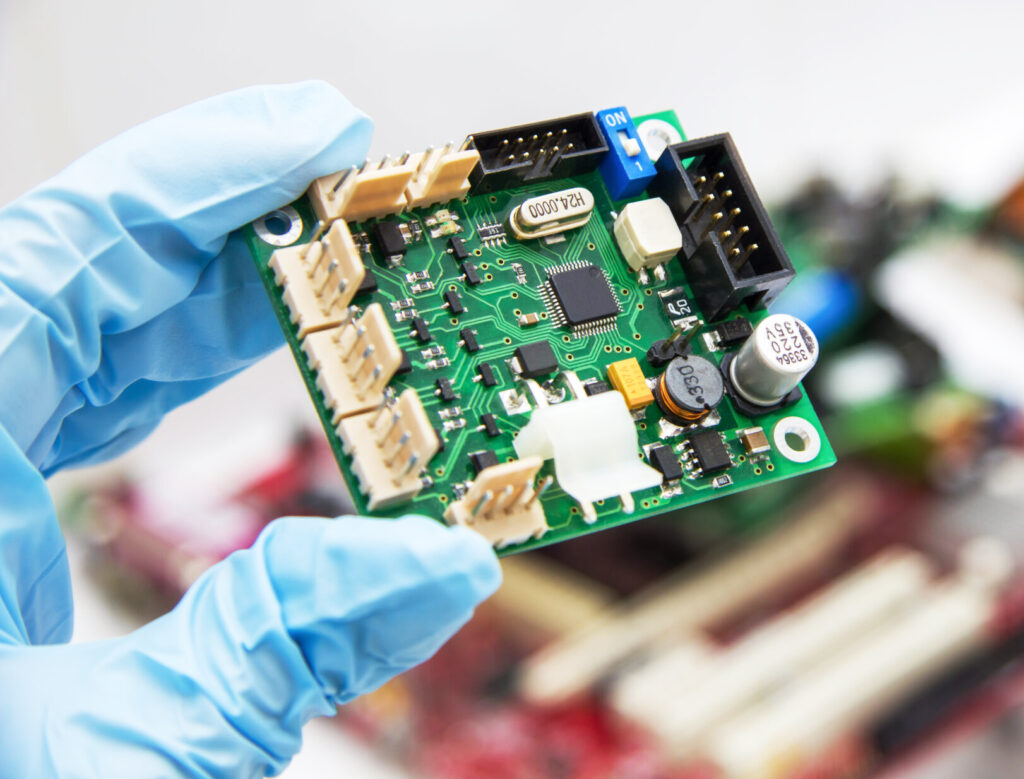
Application of Titanium Anode in Printed Circuit Board
In the field of modern electronic manufacturing, printed circuit boards (PCB) are key components of various electronic devices, and their manufacturing technology directly affects the performance and reliability of electronic devices. From smartphones and computers to medical devices, aerospace electronic systems, etc., PCBs are everywhere. In PCB manufacturing, electroplating plays a vital role, especially copper plating, which is a key link in forming the conductive lines of the circuit board and realizing the electrical connection between multilayer boards. As an important component in electroplating, titanium anodes have a profound impact on electroplating quality, efficiency, and production costs.
Titanium Anode Type
In the manufacture of printed circuit boards (PCB), different electroplating and requirements require the use of specific types of titanium anodes, the most common of which are mixed metal oxide (MMO) coated titanium anodes and platinum-plated titanium anodes.
Mixed Metal Oxide (MMO) Coated Titanium Anode
MMO coated titanium anodes are based on titanium, and a catalytic coating composed of a variety of precious metal oxides is coated on its surface. These precious metal oxides usually include iridium (Ir), ruthenium (Ru), tantalum (Ta), etc. They are sintered on the surface of the titanium substrate through specific processes (such as thermal decomposition, sol-gel method, etc.) to form a thin film with good conductivity and electrocatalytic activity. The thickness of the coating is generally between a few microns and tens of microns, and its microstructure is porous, dense and uniform. This structure is conducive to improving the electrocatalytic performance and stability of the anode.
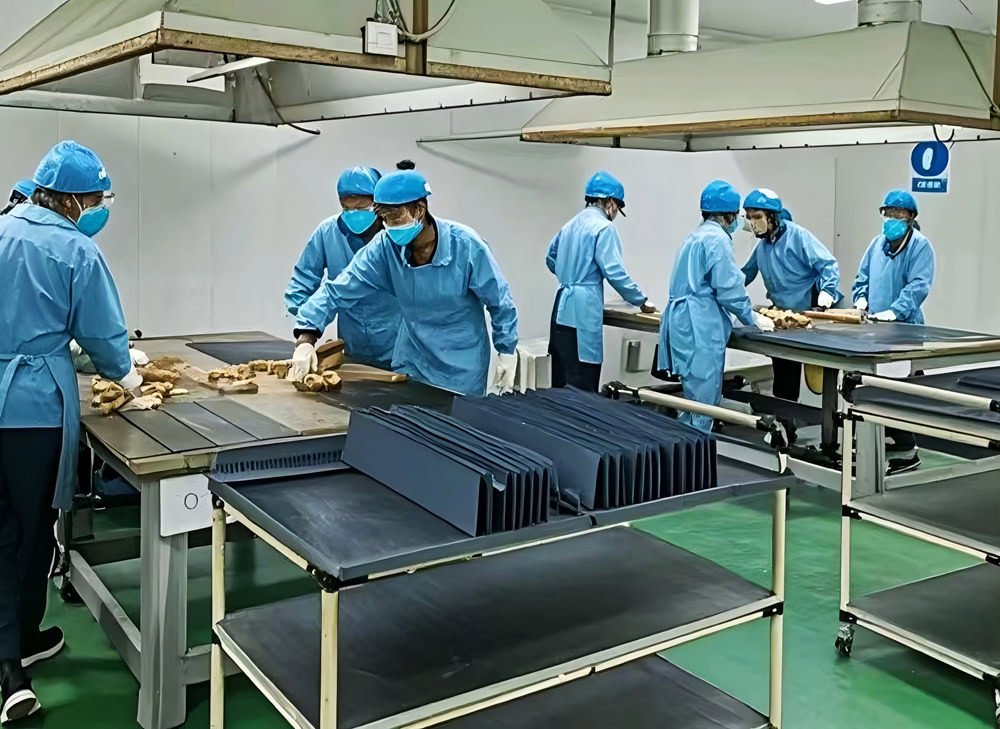
In electroplating, when current passes through the MMO coated titanium anode, the precious metal oxides in the coating play an electrocatalytic role, reducing the overpotential of the anode reaction and promoting the oxidation reaction on the anode. Taking acid copper plating as an example, in the electrolyte of copper sulfate and sulfuric acid, the main reaction at the anode is the oxidation and oxygen evolution reaction of water (2H₂O – 4e⁻ = O₂↑ + 4H⁺). Components such as iridium oxide in the MMO coating can effectively catalyze this reaction, allowing the reaction to proceed smoothly at a lower potential, thereby improving the electroplating efficiency and reducing energy consumption.
Characteristics and applicable scenarios of different types of MMO coated titanium anodes. According to the composition and proportion of precious metal oxides in the coating, MMO coated titanium anodes can be divided into many types, the most common of which are iridium tantalum (Ir-Ta) coated titanium anodes and ruthenium iridium (Ru-Ir) coated titanium anodes.
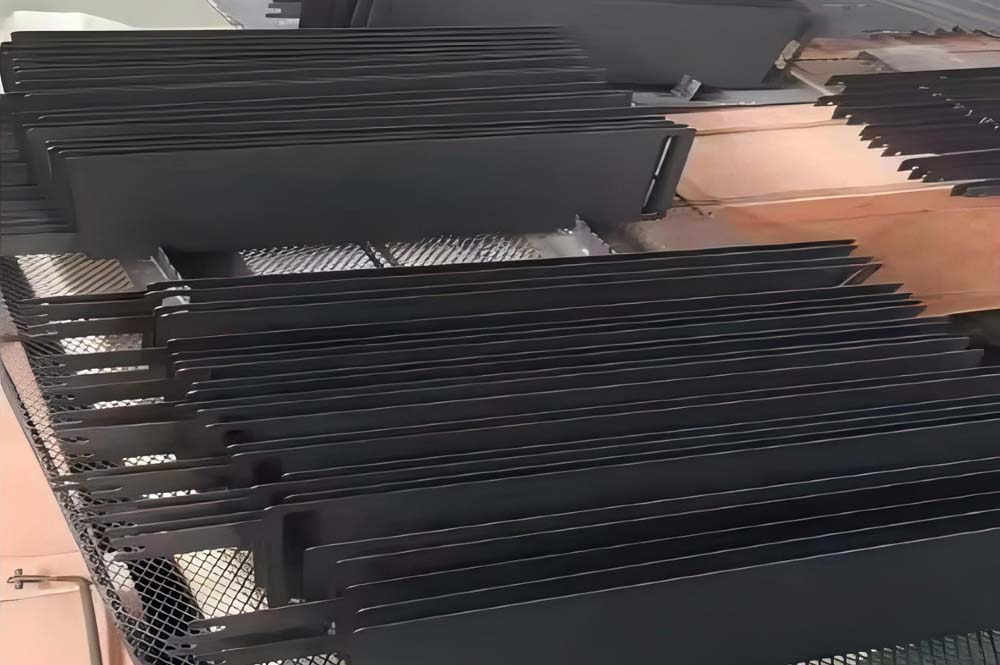
It has a high oxygen evolution overpotential and good chemical stability. It performs well in electroplating that requires stable oxygen evolution, such as acid copper plating. It is suitable for PCB electroplating production lines that require high anode stability and life, especially when dealing with high-demand multi-layer boards and high-density interconnect (HDI) boards. It can ensure the stability of copper plating quality.
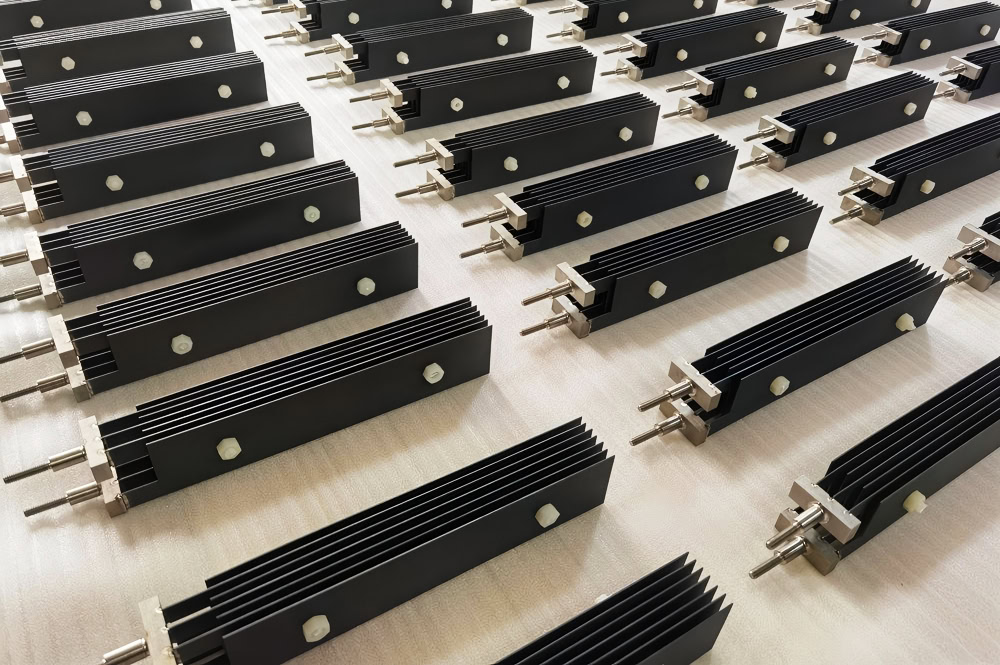
It has a low oxygen evolution overpotential and high electrocatalytic activity. It has advantages in some occasions where high electroplating efficiency is required. For example, in the large-scale production of conventional double-sided boards and some multi-layer boards, it can increase production speed and reduce production costs while ensuring a certain copper plating quality.
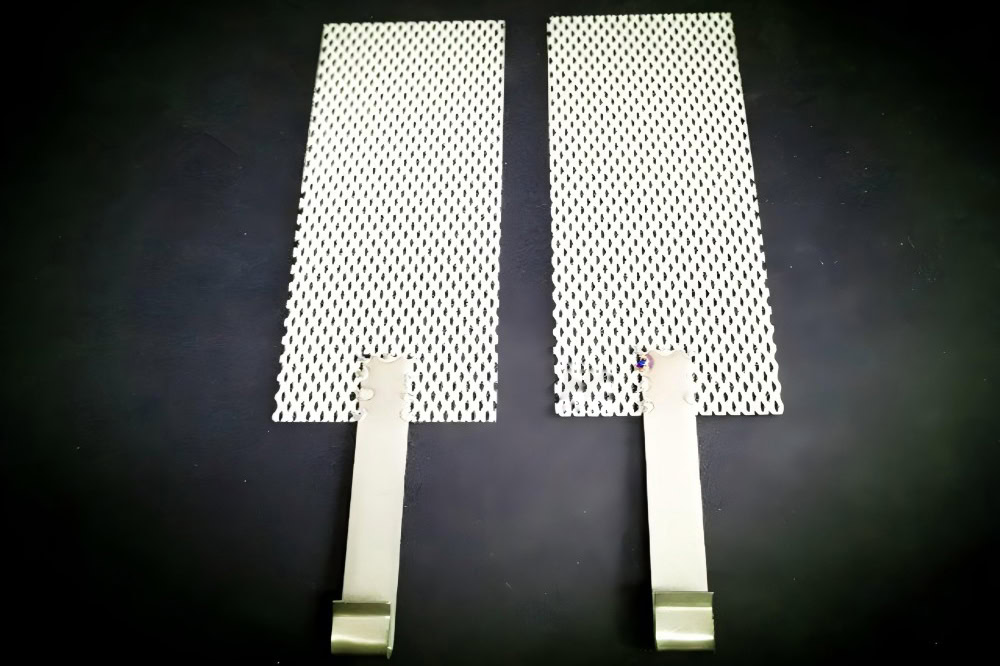
The platinum-plated titanium anode is a layer of metal platinum deposited on the surface of the titanium substrate by electroplating and other methods. The thickness of the platinum layer is usually around a few microns, forming a composite structure with good conductivity and chemical stability. Platinum is a precious metal with excellent corrosion resistance, conductivity and catalytic activity.
Platinum Titanium Anode VS MMO Titanium Anode
The platinum-plated titanium anode utilizes the high catalytic activity and stability of platinum to promote the anode reaction. Similar to the MMO-coated titanium anode, in the acidic copper plating system, the platinum-plated titanium anode mainly participates in the oxidation and oxygen evolution reaction of water. Due to the catalytic effect of platinum, the oxygen evolution reaction can be carried out efficiently at a relatively low potential. At the same time, the platinum layer can effectively resist the corrosion of the plating solution, ensuring the stability of the anode during long-term use.
Compared with the MMO-coated titanium anode, the cost of the platinum-plated titanium anode is higher, mainly due to the high price of platinum. However, it has advantages in corrosion resistance and certain special properties. Therefore, the platinum-plated titanium anode is generally suitable for high-end application fields with extremely high requirements for PCB quality and performance and relatively insensitive to cost, such as PCB manufacturing in aerospace, military electronics and other fields. In these fields, the platinum-plated titanium anode can meet their stringent production process requirements and ensure that the product can still work normally under extreme environments. MMO-coated titanium anodes are widely used in most conventional PCB manufacturing fields due to their good comprehensive performance and relatively low cost.
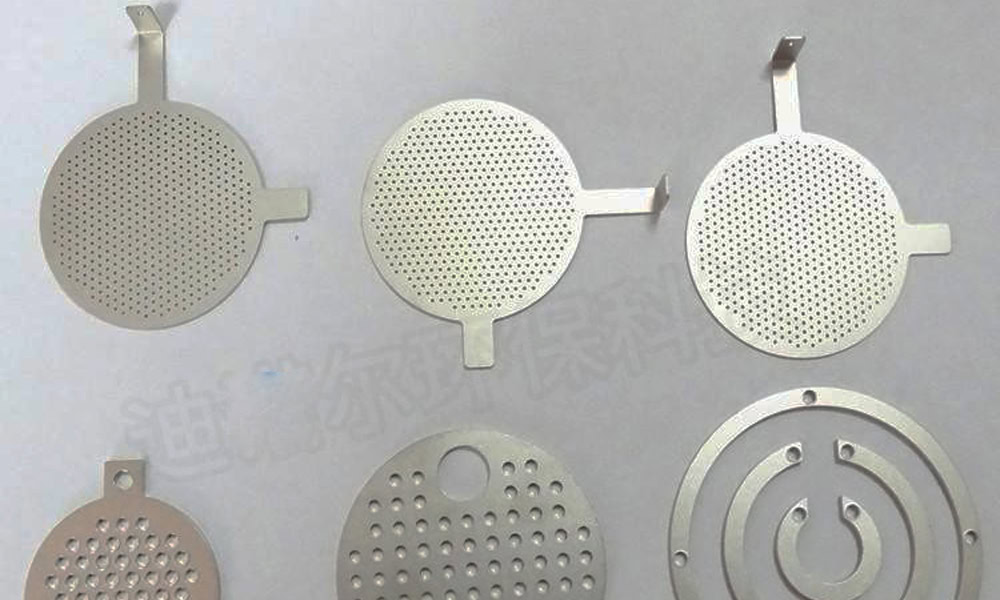
Working Principle
Electroplating is a process of depositing a layer of metal on the surface of metal or other materials using electrochemical methods. Its basic principle is based on the working principle of the electrolytic cell. In a typical electroplating system, it includes a DC power supply, an anode, a cathode and an electrolyte. When the DC power supply is turned on, the current flows from the anode into the electrolyte and then conducts to the cathode through the electrolyte.
At the anode, an oxidation reaction occurs, and the metal atoms lose electrons and become metal ions that enter the electrolyte. At the cathode, a reduction reaction occurs, and the metal ions in the electrolyte gain electrons and are deposited on the cathode surface to form a metal coating. Taking copper plating as an example, the anode is usually copper or an insoluble anode (such as a titanium anode), the cathode is the workpiece that needs to be copper plated (such as a PCB), and the electrolyte is generally a solution containing copper ions (such as a copper sulfate solution). At the anode, if it is a soluble copper anode, the reaction is Cu – 2e⁻ = Cu²⁺, and the copper atoms lose electrons and dissolve into the solution; if it is an insoluble titanium anode, the oxidation and oxygen evolution reaction of water mainly occurs 2H₂O – 4e⁻ = O₂↑ + 4H⁺. At the cathode, the reaction is Cu²⁺ + 2e⁻ = Cu, and the copper ions in the solution obtain electrons and are deposited on the surface of the PCB to form a copper plating layer.
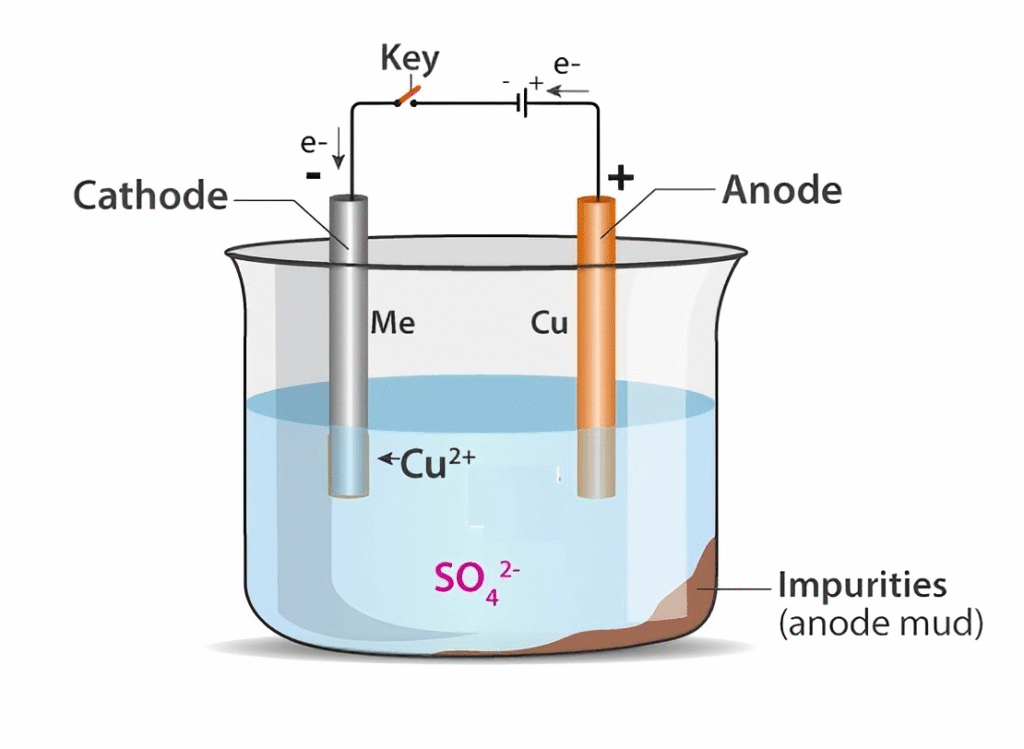
Titanium anodes have significant advantages in PCB electroplating. In terms of improving electroplating quality, it can effectively improve the uniformity of copper plating, improve the quality of the coating, and meet the strict requirements of PCB high-precision circuits and high-end products for copper plating. In terms of improving production efficiency, it supports high current density electroplating, reduces production interruption time, and greatly increases the production capacity of the production line. In terms of reducing production costs, the long service life reduces the frequency of anode replacement and labor costs, while reducing the maintenance cost of the plating solution. In terms of environmental protection performance, it reduces heavy metal pollution and energy consumption, which is in line with the development trend of green manufacturing.